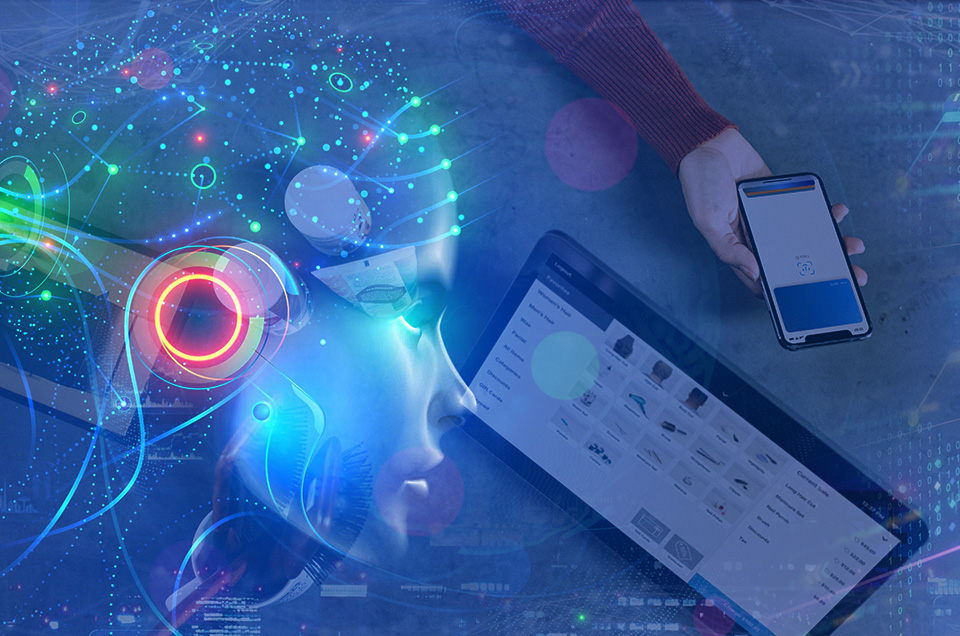Even before the spread of the coronavirus pandemic and its related panic buying and lockdowns, e-commerce had asserted control on international trade. A 2019 report by CNBC noted that "the total market share of "non-store," or online U.S. retail sales was higher than general merchandise sales for the first time in history."
Coronavirus has accelerated online commerce dramatically. As would be expected, the demand for cleaning and sterilization products has risen. With the shelves of brick and mortar stores quickly emptying, plus the media emphasis on maintaining social distance, more shoppers are opting to buy online. The statistics speak for themselves: online purchase of viral protection products has risen by 817%; over-the counter medicine sales have increased by almost 200%; and, yes, toilet paper e-purchases have gone up by 186%.
But the coronavirus may have only hastened the inevitable. Shopping has increasingly moved online, and we’ve already seen a significant effect on department store trade. As early as 2017, major retail chains, such as Macy’s, Sears, The Limited, and American Apparel, announced significant closures.
There still seems to be a place for traditional retail stores on the extremes of the economic scale as foot traffic holds on the bargain end in such venues as Dollar Tree and Marshalls, and on the upscale end for brands like Lord & Taylor, Saks, and Neiman Marcus. But there is a crunch on the middle class, who have taken to the internet to find the bargains they need.

Driven by Innovation
The rapid shift toward an e-commerce based economy has been largely driven by shifts in technological capability. Artificial intelligence (AI) has made the efficient handling of complex problems in the e-commerce sector a reality. AI, for example, can sift through huge amounts of data, such as transaction histories, pricing data from carriers, as well as current weather and traffic data to make better freight and routing decisions.
AI has also taken traditional analytical means such as A/B testing, where two variations of a marketing campaign are run simultaneously to test for most effectiveness, and created the means to test multiple variations manipulating a combination of factors.
In combination with the Internet of Things (IoT), AI has increased the potential for machines that use IOT, which gathers data and transmits it autonomously, to connect consumers with e-commerce in new ways. Essentially, machine can communicate with machine to transmit and interpret data.
Take the case of Samsung who recently collaborated with FreshDirect and ShopRite to build a smart refrigerator. AI used three cameras to monitor food levels and ordered groceries when item levels got low. A smart tablet incorporated in the unit could also offer recipes based on available ingredients.
How Technology Impacts Buying
The areas of e-commerce where advances in technology seem to have had the most impact are: the customer experience where chatbots offer customers a more personalized experience rapidly sifting through data to meet the buyer’s needs; managing customer profiles by maintaining records on buyer behavior and preferences and by recording complaints to improve customer service; warehousing by keeping accurate and immediately updated inventories and by incorporating new technologies such as visual searches to quickly identify desired products; and logistics to increase the efficiency of shipping and tracking goods to the point of delivery.

The availability of such technology has also changed the face of buying both online and in traditional stores to skew shopping behaviors toward e-commerce.
- Companies have increased their online presence and built more sophisticated websites where they can not only promote their products through social media campaigns and special offers but also provide content that convey mission and worth statements thus building a corporate identity.
- Online review websites, customer reviews, product reviews, and blogs have increased the impact of product analysis and led to research buying that is more efficient on the internet.
- Smartphones have allowed for immediate comparison shopping in retail spaces so that customers can compare prices and specifications, often finding the better buy online.
- The ability to compare prices, read reviews, and comb through far more offerings in an online space has led to decreased customer loyalty that may have brought buyers to traditional retail spaces.
While technology may have created problems for the traditional brick and mortar business in some respects, it has offered efficiency and a larger audience in others. Furthermore, it has opened the door for new ways of conducting business, as in the e-service sector.
Online retail alone has given rise to the need for search support, e‐response to customer queries, orders and transactions, e‐payment, e‐transaction record management, e‐assurance and trust, e‐help and other online support. Other traditional services, such as faxing, have also found their place online.
While notions of faxing over a telephone line may seem antiquated, e-faxing offers users access to messages through a single username and password online, and offers more secure transmission of sensitive data along with online storage.
Where We’re Headed
Technologies, such as AI, IoT, and visual searching, as they develop, will drive e-commerce to be more prevalent and automated: companies will use our purchasing data to tailor our buying experiences by presenting relevant offers and reducing the barriers to purchase.
The network of machines will increasingly communicate our data so that our daily lives are more efficient and our environments are shaped toward the presence we create on the internet.







